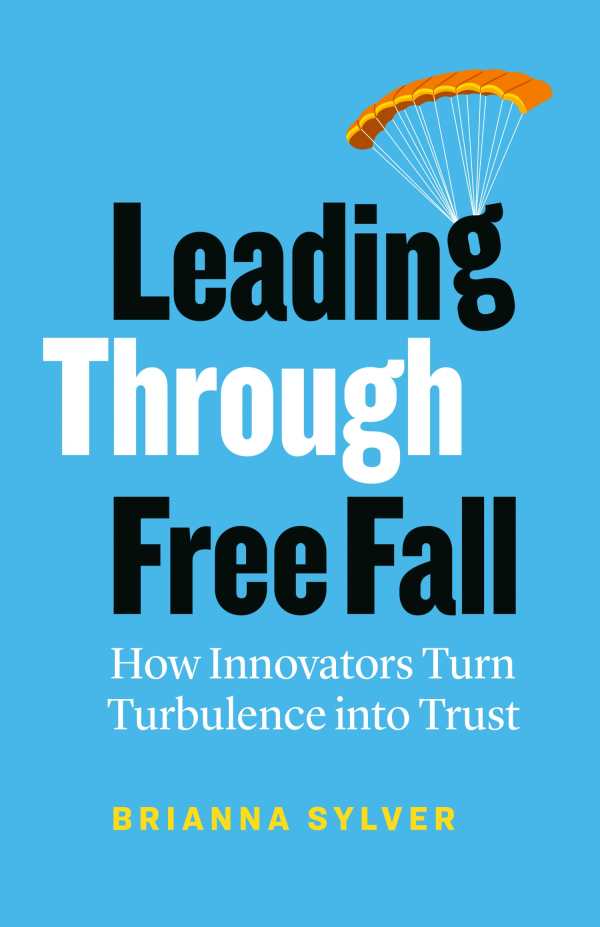Leading Through Free Fall
How Innovators Turn Turbulence into Trust
A supportive business guide, Leading Through Free Fall is realistic in its analysis of the disruptions and tension that can accompany innovation projects.
Brianna Sylver’s business book Leading Through Free Fall analyzes innovation turbulence and makes suggestions for addressing complications that bubble up during the process of change.
Across its three parts, the book covers topics including clarifying innovation ambition, weathering and rising above blame, and empowering one’s implementation partners. It encourages business leaders to take action despite their fear of difficulties and to reframe perceived roadblocks as opportunities. Rather than listing rigid steps toward transformation, its chapters direct introspection about one’s larger business goals and hoped-for outcomes, prompting deeper thinking about how the process should unfold.
Personal anecdotes are included to illustrate feelings of frustration, exhaustion, and stress that can arise during business interactions. These pair with revealing assessments of encounters with clients that concentrate on the complexities involved in efforts to attract more customers or improve one’s products and services. Lists, quotes, and chapter-ending summary boxes are also used to reinforce key points, as with definitions of core leadership values, ways to work with one’s stakeholders, and the importance of accepting nothing at face value. An early discussion of the term innovation itself begins the book’s granular explorations of each subject, raising questions about overuse and points for in-depth examination.
A realistic analysis of the disruptions and tension that can accompany innovation projects, the book details issues including skepticism, resistance, discomfort, and fatigue with clarity. It piques interest with cogent images and phrases, as with the “messy humanness of innovation.” Some cliches are involved in its work, though, like references to “Debbie Downer” personalities, and some of the imagery is strained, as with that of scoping with one’s eyes open and of needing a “jump” plan.
Tonal breaks also distract from the book’s overall presentation, as with the acronym JFDI for “just freaking do it” and with intimate references to “my friend,” “dear innovator,” and “care bear.” While these are acknowledged as sounding “cheesy,” they nonetheless undermine the book’s general professionalism. A list highlighting the challenge of asking intention-setting questions also wobbles for a moment, saying that raising “touchy-feely” issues may feel “weird” or “awkward” for some business participants.
Helpful tools are shared as well, though, such as a few simple graphics that are used to distill vague concepts like treasures and hopes into a clear grid format. Elsewhere, an energy drain assessment matrix appears, and the detailed end notes include careful explanations and documentation. The book ends by listing next steps alongside heartening if general encouragements to become a catalyst and spread light.
A provocative leadership guide, Leading Through Free Fall is about navigating challenges during innovation projects.
Reviewed by
Andrea Hammer
Disclosure: This article is not an endorsement, but a review. The publisher of this book provided free copies of the book and paid a small fee to have their book reviewed by a professional reviewer. Foreword Reviews and Clarion Reviews make no guarantee that the publisher will receive a positive review. Foreword Magazine, Inc. is disclosing this in accordance with the Federal Trade Commission’s 16 CFR, Part 255.

